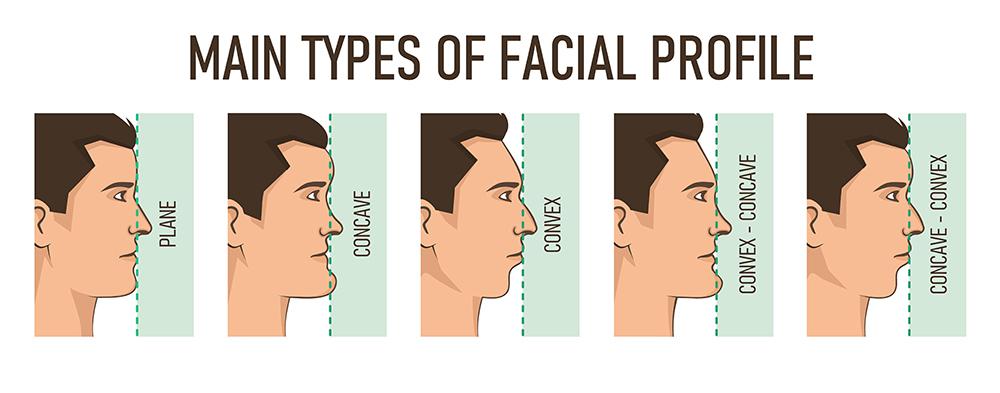Facial Trauma | reconstruction
Trauma of the Face and Jaws
The team at Phoenix Oral & Facial Surgery are highly trained and uniquely qualified to manage and treat facial trauma. With advanced technology solutions, Dr. Day and Dr. Kim have the experience and knowledge to handle your facial injuries including:
- Oral lacerations
- Facial lacerations
- Dental injuries or fractures
- Clicking or grating noises with jaw movement
- Fractured facial bones (cheek, nose, jaws, or eye socket)
Injuries to the face, by their very nature, impart a high degree of emotional, as well as physical trauma. The science and art of treating these injuries requires special training involving "hands on" experience and an understanding of how the treatment provided will influence the patient's long term function and appearance.

The Nature of Facial Trauma
There are a number of possible causes of facial trauma. Motor vehicle accidents, accidental falls, sports injuries, interpersonal violence and work related injuries are some of the many causes. Types of facial injuries can range from simple injuries of teeth to complex and severe injuries of the face. Traumatic injuries may involve soft tissue such as skin and gums, bony injuries or hard tissues, or special organs or anatomy such as the eyes, facial nerves or the salivary glands.
Soft Tissue Injuries of the Facial Region
When soft tissue injuries such as lacerations occur on the face, they are repaired by closure with "sutures". In addition to the obvious concern of providing a repair that yields the best cosmetic result possible, care is taken to inspect for and treat injuries to structures such as facial nerves, salivary glands and salivary ducts or outflow channels. Oral and facial surgeons are well trained and proficient at diagnosing and treating all types of facial lacerations.
Bony Injuries of the Facial Region
Fractures of the bones of the face are treated in a manner similar to the fractures in other parts of the body. The specific form of treatment is determined by various factors, which include the location of the fracture, the severity of the fracture, and the age and general health of the patient. When an arm or a leg is fractured, a "cast" is often applied to stabilize the bone and allow for proper healing. Since a cast cannot be placed on the face, other means have been developed to stabilize facial fractures.
One of these options involves "wiring the jaws together" for certain types of fractures involving the upper and lower jaws. Certain other types of fractures, however, may best be treated and stabilized by the surgical placement of small plates and screws at the involved site. This technique of plate and screw use or "rigid fixation" can often allow for healing that removes the need to immobilize the jaws. The relatively recent development and use of rigid fixation has profoundly improved the recovery period for many patients by allowing them to return to normal function more quickly.
The treatment of facial fractures is accomplished in a thorough and predictable manner. Importantly, the patient's facial appearance should be minimally affected. Dr. Day and Dr. Kim will always attempt at accessing the facial bones through the fewest incisions necessary. When visible incisions become necessary, however, they are designed to be small and hidden in skin creases whenever possible to minimize their appearance.
Injuries to the Teeth and Dental Structures
Isolated injuries to teeth are quite common and may require the expertise of various dental specialists. Oral surgeons usually are involved in treating fractures in the supporting bone or in replanting teeth that have been displaced or "knocked out". These types of injuries are treated by stabilizing or "splinting" teeth together. If a tooth is "knocked out", it should be placed in salt water or milk. The sooner the tooth is re-implanted into the dental socket, the better the chance for survival of the tooth, so patients should see their dentist as soon as possible. Never attempt to "wipe the tooth off", since remnants of the tissues or ligament which hold the tooth in place may be injured and reduce the success of re-implantion. Other dental specialists such as endodontists may be asked to perform root canals or a restorative dentist may need to repair or rebuild the fractured tooth. In the event that an injured teeth cannot be saved or repaired, removal and placement of a dental implant by an Oral and Facial Surgeon can restore the function and appearance of the missing tooth.

